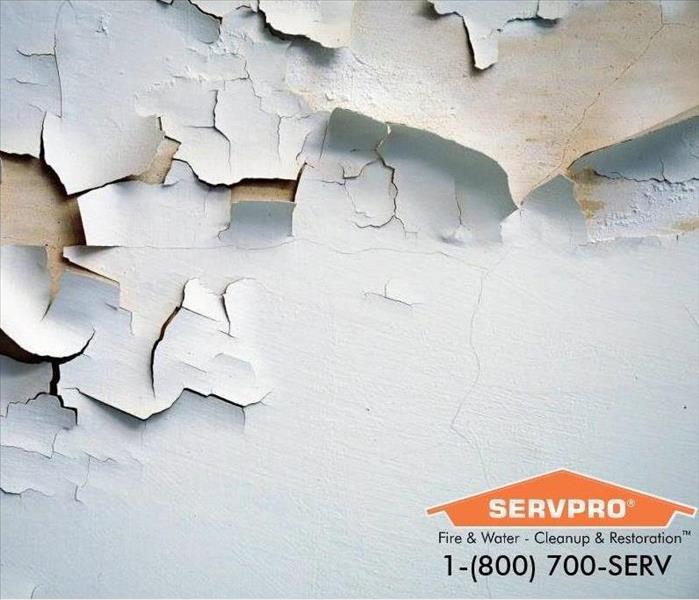Lead: What Are the Risks?
6/3/2021 (Permalink)
Lead is a scary word for a lot of people, much like Mold has become. Like Mold, Lead is everywhere. Can it harm us? If so, how do we keep ourselves free from harm?
What Is Lead?
According to EPA, Lead is a naturally occurring element. While it has some beneficial uses, it can be toxic to humans and animals causing health effects.
How It's Used:
Lead can be found in almost all parts of our environments, including in Air, Soil, & Water. Lead can also be found in a variety of products found in and around our homes or businesses, most notably in Paint.
Lead in paint has many benefits. It drys faster, shines better, blocks sound & radiation, and prevents the growth of mildew. Along with paint, ceramics, plumbing materials, solders, gasoline, batteries, ammunition, cosmetics, and toys have been found to contain lead.
When Lead Becomes Toxic:
Lead enters the body through inhalation or consumption, those are the only ways. Lead becomes toxic when disrupted.
Ex. Lead paint in a home is not harmful unless the paint is peeling or chipping. If the paint is disrupted, lead dust can spread in the air and into your lungs. Children may be tempted to eat paint chips or rub their hands on the walls where disrupted lead paint is present. This presents health effects to the child.
Adults and Children absorb lead, children absorb it quicker.
Identify Effects of Lead:
Lead attacks almost every part of your body. Lead effects can be unnoticeable too. A BLL (Blood Lead Level) test will give an approximation of how much lead is in your blood.
Lead in Your Business:
Yes lead is probably in your business now, whether in the form of paint or products. That doesn't necessarily make it harmful.
Visit the EPA & CPSC websites for more information on Lead and certain items that can be possibly harmful to you.
Call SERVPRO of Downey for Lead Remediation at your home or business. SERVPRO of Downey is trained and certified to safely handle Lead and properly dispose of it. (562) 392-3007






 24/7 Emergency Service
24/7 Emergency Service
